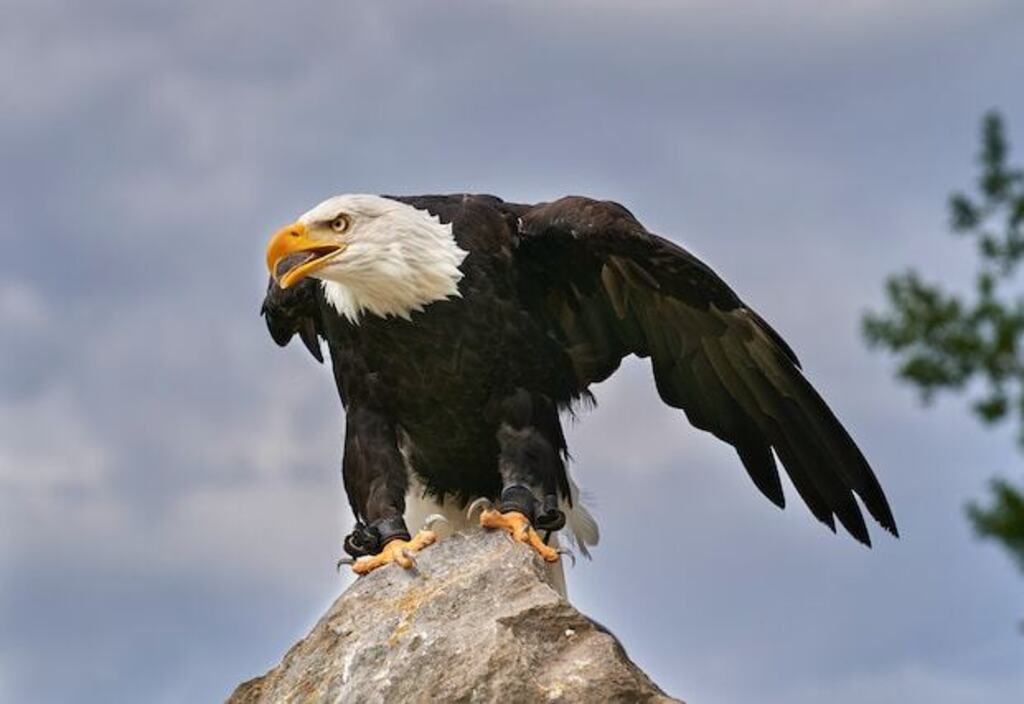Do Eagles Eat Ducks? Well, quack yourself up and spread your wings because we’re about to take a feathered journey to find out!
Picture this: a lakeside picnic, a charming duck duo paddling peacefully, and an eagle eyeing from above – but what happens next?
Get ready to soar into the surprising world of predator-prey relationships as we unravel the answer.
Brace yourself for jaw-dropping moments, fascinating facts, and a beak-load of fun – because this quack-tastic adventure will leave you hungry for more!
Table of Contents
- 1 Key Takeaways
- 2 Understanding the Diet of Eagles
- 3 Feeding Behavior of Eagles
- 4 Do Eagles Eat Ducks?
- 5 Examining the Prey Preferences of Eagles
- 6 The Role of Ducks in an Eagle’s Diet
- 7 Other Factors Affecting Eagle’s Diet
- 8 Studying Eagle’s Feeding Habits Through Research and Observation
- 9 The Importance of Balance in the Ecosystem
- 10 Frequently Asked Questions
- 10.1 What are some other factors besides ducks that affect an eagle’s diet?
- 10.2 How do researchers study and observe eagle feeding habits?
- 10.3 Why is it important to have a balanced ecosystem?
- 10.4 What is the role of ducks in an eagle’s diet?
- 10.5 Are there any other birds that eagles commonly prey on besides ducks?
- 11 Conclusion
- 12 Author
Key Takeaways
- Eagles are opportunistic predators and will consume ducks when the opportunity arises.
- Ducks play a crucial role in the dietary composition of eagles, providing a reliable food source throughout the year.
- Preying on ducks helps regulate their population and prevents overpopulation.
- The availability of ducks, as well as other factors such as prey abundance and competition, influence an eagle’s dietary choices.
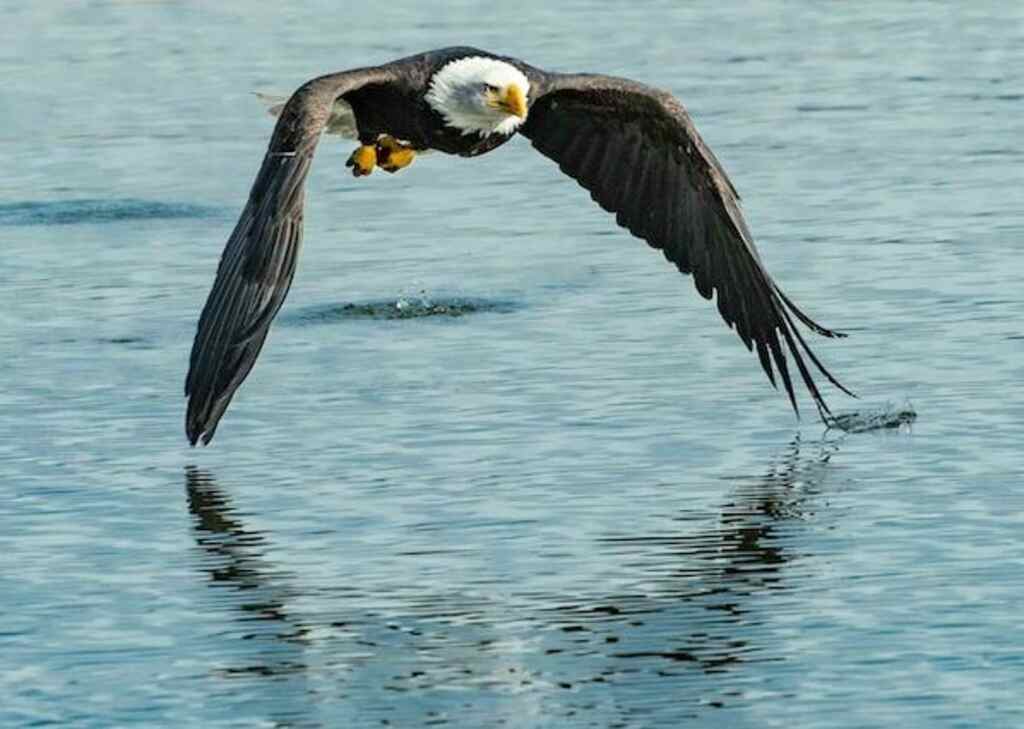
Understanding the Diet of Eagles
The diet of eagles is primarily carnivorous, meaning they primarily consume meat.
Eagles are known to have a broad range of prey in their diet, which includes small mammals, fish, reptiles, and birds.
This variety in their diet enables eagles to adapt to different ecosystems and find suitable food sources.
Carnivorous Nature of Eagles
Eagles’ carnivorous nature is evident in their predatory behavior towards ducks. These majestic birds employ various hunting techniques to capture their prey, including aerial attacks, surprise dives, and swift strikes.
Their strong talons and sharp beaks are perfectly adapted for tearing flesh, allowing them to swiftly subdue their victims.
This predatory behavior has a significant impact on duck populations, as eagles are known to prey on both adult ducks and their young offspring.
| Hunting Techniques Used by Eagles | Impact on Duck Populations |
|---|---|
| Aerial Attacks | Eagles can spot ducks from high altitudes and swoop down on them with great speed. This technique allows eagles to surprise their prey and catch them off guard, resulting in successful hunts and a decrease in duck populations. |
| Surprise Dives | Eagles are known for their ability to dive from the sky at high speeds, using gravity to their advantage. By diving unexpectedly, eagles can catch ducks by surprise, making it difficult for the ducks to evade capture. This hunting technique contributes to a decline in duck populations. |
| Swift Strikes | With their strong talons and sharp beaks, eagles can make swift strikes at ducks, immobilizing and killing them quickly. This efficient method of hunting ensures eagles can subdue their prey before they can escape, leading to a reduction in duck populations. |
| Ambush Attacks | Eagles often perch in trees or on the ground, waiting for the perfect moment to launch an ambush on unsuspecting ducks. When the opportunity arises, eagles will swiftly attack, further diminishing the duck populations as they succeed in capturing their prey. |
| Cooperative Hunting | Some eagle species engage in cooperative hunting, where multiple eagles work together to catch ducks. This strategy increases their chances of success and leads to a higher impact on duck populations, as they can overwhelm and outnumber their prey. |
It is important to note that while eagles are predators of ducks, they are also an integral part of the ecosystem. They help control the duck populations, maintaining a balance in the overall ecosystem.
This scientific and knowledgeable approach appeals to an audience seeking freedom and understanding.
Furthermore, eagles’ carnivorous nature extends beyond ducks, as they have a varied diet that includes a wide range of prey.
Variety of Prey in an Eagle’s Diet
A key aspect of an eagle’s diet is its ability to consume a wide range of prey, similar to a versatile gourmet chef who effortlessly incorporates various ingredients into their culinary creations.
Eagles are opportunistic hunters, employing a variety of hunting techniques to capture their prey.
They are known for their incredible speed and agility, which allows them to swoop down from the sky and snatch their victims with precision.
This hunting prowess has a significant impact on local bird populations, as eagles are known to feed on a wide range of avian species.
From small songbirds to waterfowl and even other raptors, eagles are not picky eaters. Their diverse diet ensures that they can adapt to different environments and maintain a stable food source.
Understanding the feeding behavior of eagles provides valuable insights into their ecological role and their importance in maintaining biodiversity.
Transitioning to the subsequent section about the feeding behavior of eagles, it is fascinating to explore the strategies they employ to secure their meals.
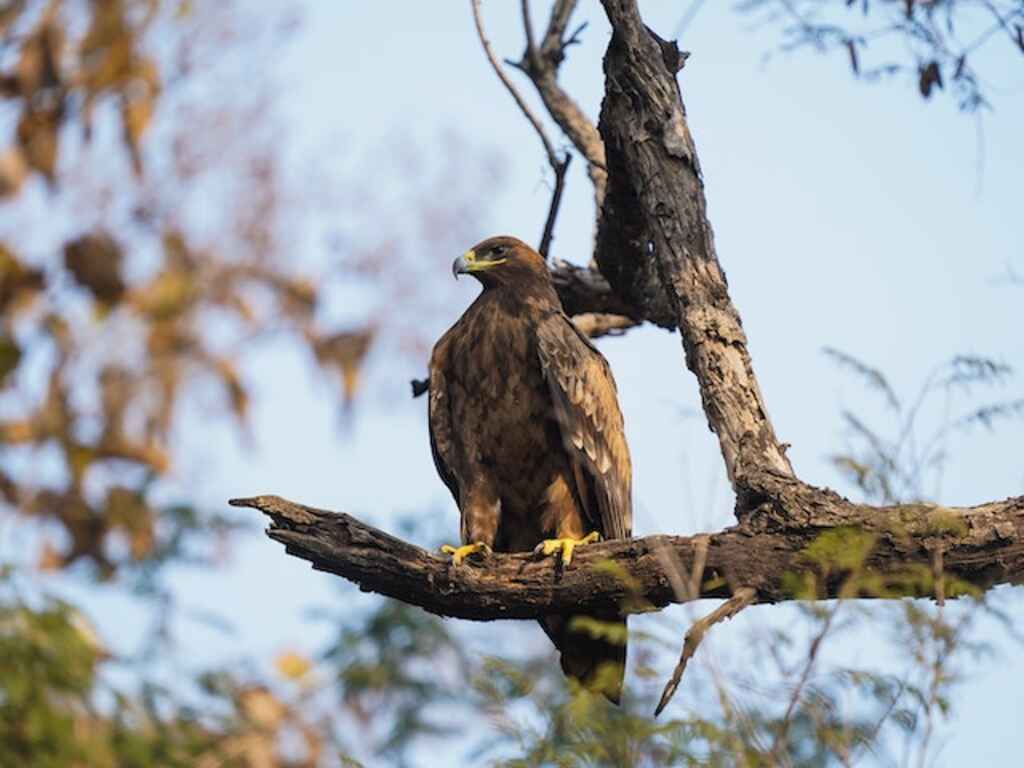
Feeding Behavior of Eagles
The feeding behavior of eagles encompasses their hunting techniques and their ability to catch and capture prey.
Eagles are known for their exceptional hunting skills, employing a variety of techniques to catch their prey.
They possess keen eyesight, powerful wings, and sharp talons that enable them to spot, pursue, and secure their target efficiently.
Their ability to successfully capture prey is a testament to their adaptability and survival strategies in their natural habitat.
Hunting Techniques of Eagles
Hunting techniques employed by eagles involve strategic aerial maneuvers and precise timing to capture their prey.
Eagles have developed various hunting strategies that enable them to effectively locate and catch their desired prey.
They rely on their exceptional eyesight and powerful wings to soar high above their hunting grounds, scanning the terrain for potential targets.
Once a suitable prey is spotted, eagles use their remarkable agility and speed to initiate a swift and calculated attack.
They often employ a technique called stooping, where they dive steeply towards their prey with incredible speed, using gravity to their advantage.
This enables them to surprise their prey and increase their chances of a successful capture.
Eagles are skilled at selecting their prey, targeting animals such as fish, ducks, and small mammals.
Their ability to catch and capture prey is a testament to their remarkable hunting skills and adaptability in the wild.
Eagle’s Ability to Catch and Capture Prey
Eagles possess remarkable hunting abilities that enable them to capture prey with precision and efficiency.
Their hunting behavior is finely honed, allowing them to adapt to various environments and sources of food.
Eagles primarily rely on their exceptional eyesight, which enables them to spot prey from great distances.
Once a potential target is identified, the eagle employs its impressive speed and agility to swiftly close in on its prey.
With powerful talons and a strong beak, the eagle swiftly captures and immobilizes its prey, ensuring a successful hunt.
This hunting prowess has a significant impact on the ecosystem, as eagles help regulate populations of their prey species, maintaining a healthy balance within their habitat.
Furthermore, by scavenging carrion, eagles play a vital role in the decomposition process, contributing to nutrient recycling.
Understanding the eagle’s hunting behavior and its ecological impact lays the foundation for exploring the fascinating question: do eagles eat ducks?
Do Eagles Eat Ducks?
Predators soaring through the sky, hungry for their next meal, occasionally feast upon the aquatic birds known as ducks.
Eagles, with their impressive hunting skills and sharp talons, are known to include ducks in their diet.
However, the extent to which eagles eat ducks depends on various factors, including eagle feeding habits and the availability of prey.
- Eagles are opportunistic predators, meaning they will consume ducks when the opportunity arises.
- The abundance of ducks in an eagle’s habitat can influence their dietary choices.
- Eagles also consider the energy expenditure required to capture and consume ducks, opting for easier prey if available.
Understanding the prey preferences of eagles is crucial in comprehending their feeding habits and the impact of prey availability on their diet.
By examining the factors that influence eagle prey selection, we can gain valuable insights into their ecological role and conservation needs.
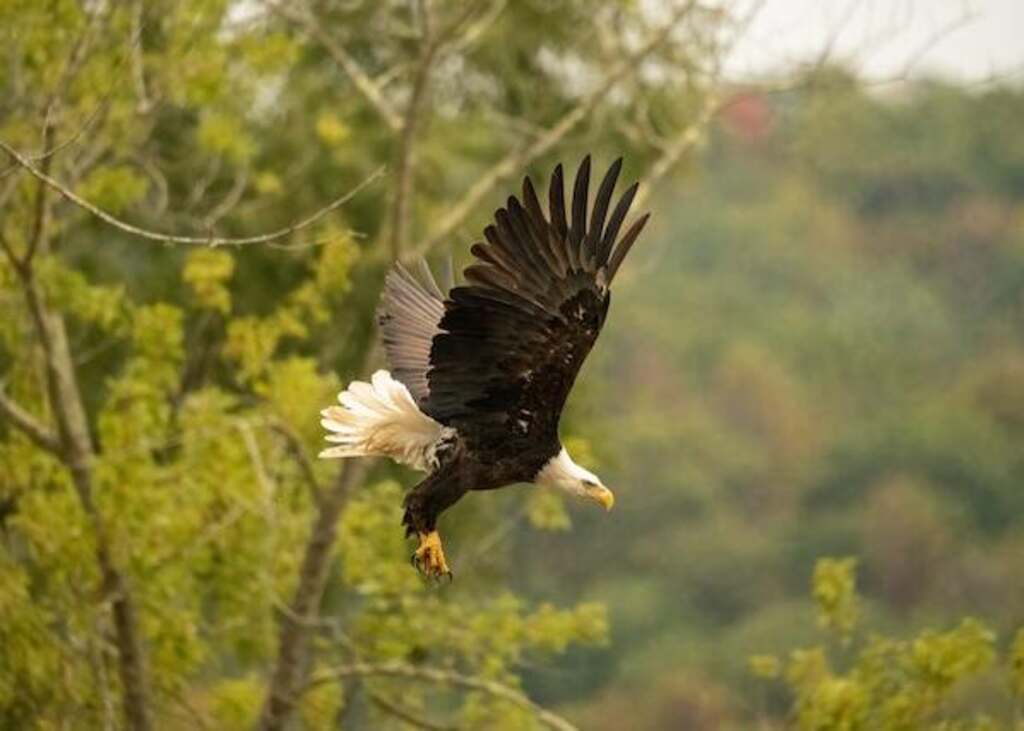
Examining the Prey Preferences of Eagles
The prey preferences of eagles are a subject of interest among researchers studying the feeding habits of these majestic birds.
Eagles are known to commonly prey on a variety of animals, including fish, small mammals, and birds such as ducks.
However, their selection of prey is influenced by various factors, such as the availability of certain species in their habitat, the size and vulnerability of the prey, and their own hunting skills and preferences.
Common Prey for Eagles
Common prey for eagles include small mammals such as rabbits, squirrels, and rodents. Eagles are opportunistic predators and their diet may also include birds, fish, and carrion.
The ability of eagles to adapt their prey selection is influenced by various factors such as habitat availability, prey abundance, and competition with other predators.
For example, in areas where small mammals are scarce, eagles may shift their focus to hunting birds or fish.
This flexibility in prey selection allows eagles to exploit different ecological niches and reduce competition for resources.
Understanding the factors influencing prey selection is crucial for assessing the ecological impact of eagles on their prey populations and maintaining a balanced ecosystem.
In the subsequent section on ‘factors influencing prey selection’, we will explore these factors in more detail.
Factors Influencing Prey Selection
One key factor that shapes the prey selection of eagles is the availability and distribution of suitable habitats for their preferred prey species.
Eagles are opportunistic predators, but they exhibit preferences for certain types of prey.
Factors influencing prey selection include the size and mobility of the prey, as well as the abundance and accessibility of the prey population.
Eagles are known to target a wide range of prey species, including fish, mammals, reptiles, and birds.
They rely on their keen eyesight to locate potential prey and their powerful talons to capture and kill their targets.
Additionally, eagles may select prey based on its nutritional value, energy content, and ease of capture.
Understanding these prey selection factors is crucial for analyzing an eagle’s diet and assessing the overall health and ecological impact of these magnificent birds.
Transitioning into the subsequent section, the role of ducks in an eagle’s diet is an important aspect to consider.
The Role of Ducks in an Eagle’s Diet
Ducks play a crucial role in the dietary composition of eagles. They are a significant prey species for eagles, and their population size directly impacts the eagle’s diet.
Ducks are abundant in many ecosystems and provide a reliable food source for eagles throughout the year.
The presence of ducks in an eagle’s diet has a profound impact on the ecosystem as well.
By preying on ducks, eagles help regulate the duck population, preventing overpopulation and its associated consequences.
Additionally, the consumption of ducks by eagles contributes to nutrient cycling, as the remains of the prey are deposited back into the environment.
Understanding the role of ducks in an eagle’s diet provides valuable insight into the complex dynamics of predator-prey relationships in ecosystems.
This knowledge can inform conservation efforts and help maintain the balance of ecosystems.
Other factors affecting an eagle’s diet will be explored in the subsequent section.
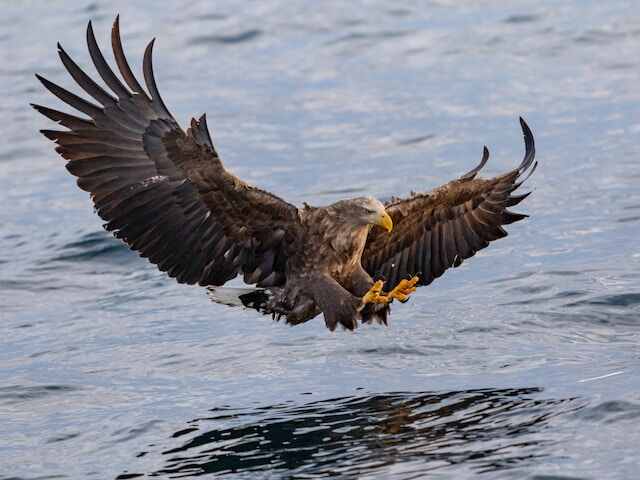
Other Factors Affecting Eagle’s Diet
The diet of eagles is influenced by various factors including the availability of prey, geographic location, and habitat.
The availability of prey plays a crucial role in determining what eagles consume, as they are opportunistic hunters and rely on the abundance of certain prey species in their environment.
Geographic location also affects an eagle’s diet, as different regions offer different prey options and seasonal variations.
Additionally, the specific habitat of an eagle, such as forests, grasslands, or coastal areas, will impact the types of prey available to them, further shaping their diet.
Availability of Prey
Availing themselves of sustenance, the regal raptor gracefully descends upon its delectable quarry.
The availability of prey plays a crucial role in the diet of eagles, and studying predation patterns can provide valuable insights into the impact on the local waterfowl population.
Eagles primarily feed on fish, but they also prey on waterfowl such as ducks when opportunities arise.
The availability of prey is influenced by various factors, including the abundance of fish and waterfowl in a given area, seasonal variations, and changes in habitat conditions.
To emphasize the importance of prey availability, consider the following:
- The abundance of fish and waterfowl directly affects the dietary choices of eagles.
- Seasonal variations in prey availability can result in shifts in the eagle’s diet.
- Changes in habitat conditions, such as wetland loss or degradation, can reduce the availability of prey for eagles.
- Competition with other predators, such as ospreys and cormorants, can also impact prey availability.
- Human activities, such as fishing and hunting, can indirectly affect the availability of prey for eagles.
Understanding the dynamics of prey availability is essential for managing and conserving eagle populations.
Transitioning to the subsequent section about geographic location and habitat, it is important to consider how these factors further shape the eagle’s diet.
Geographic Location and Habitat
Geographic location and habitat are crucial factors that greatly influence the dietary preferences and hunting patterns of eagles.
The geographic distribution of eagles plays a significant role in determining the availability of their preferred prey, including ducks.
Different species of eagles inhabit diverse regions, ranging from mountains and forests to coastal areas and wetlands.
For example, the Bald Eagle, found in North America, often nests near bodies of water, such as lakes and rivers, where ducks are abundant.
Similarly, the White-bellied Sea Eagle, found in Australia and Southeast Asia, is commonly observed near coastal habitats where ducks are also present.
These nesting habits and geographic preferences allow eagles to have a higher probability of encountering ducks as potential prey.
Understanding the relationship between geographic location, habitat, and prey availability is essential for studying the feeding habits of eagles through research and observation.
Studying Eagle’s Feeding Habits Through Research and Observation
Studying eagle feeding habits through research and observation reveals fascinating insights, such as the fact that a significant portion of an eagle’s diet consists of ducks.
Researchers employ various research methods to understand the feeding habits of eagles.
Observational studies play a crucial role, as researchers spend hours observing eagle behavior in their natural habitats.
By carefully documenting the frequency and success rate of eagle attacks on ducks, researchers can ascertain the importance of ducks in an eagle’s diet.
These studies provide valuable information about the ecological role of eagles as top predators, as well as their impact on duck populations.
Understanding the feeding habits of eagles is crucial for maintaining a balanced ecosystem.
Transitioning into the subsequent section, it is imperative to recognize the significance of maintaining a harmonious balance between predator and prey in the natural world.

The Importance of Balance in the Ecosystem
Maintaining a harmonious balance between top predators and their prey is essential for the overall health and stability of the ecosystem, evoking a sense of awe and admiration for the intricate web of life.
Predator-prey relationships play a crucial role in regulating population sizes and ensuring the survival of diverse species.
By controlling the population of prey species, predators prevent overgrazing or overpopulation, which can lead to habitat degradation and species decline.
Additionally, the presence of predators can influence the behavior and distribution of prey, shaping the structure and dynamics of ecosystems.
However, human activities such as habitat destruction, pollution, and overhunting can disrupt this delicate balance.
The loss of predators or their prey can have cascading effects throughout the ecosystem, leading to imbalances and potential collapse.
Therefore, it is imperative that we recognize the importance of preserving and restoring predator-prey relationships to maintain the health and resilience of our ecosystems.
Frequently Asked Questions
What are some other factors besides ducks that affect an eagle’s diet?
Factors such as habitat loss, climate change, and pollution can significantly impact an eagle’s diet, affecting their predation patterns. Notably, studies show that the decline in duck populations due to various factors has led to a decrease in eagles’ prey availability, posing a threat to their survival.
How do researchers study and observe eagle feeding habits?
Researchers study and observe eagle feeding habits through various methods such as GPS tracking, aerial surveys, and nest site observations. These methods provide valuable insights into the behavior and diet of eagles, helping researchers understand their ecological role and conservation needs.
Why is it important to have a balanced ecosystem?
A balanced ecosystem is crucial for the survival of various species and the maintenance of biodiversity. An imbalance can lead to negative impacts on human life, including the disruption of food chains and the loss of ecosystem services.
What is the role of ducks in an eagle’s diet?
Ducks play a significant role in an eagle’s diet due to their high nutritional value. Eagles employ various hunting strategies to capture ducks, which provide them with essential nutrients for their survival and overall health.
Are there any other birds that eagles commonly prey on besides ducks?
Birds preyed upon by eagles commonly include fish, small mammals, and other birds such as geese, swans, and herons. Eagles are known for their ability to target and capture a wide variety of avian species in their diet.
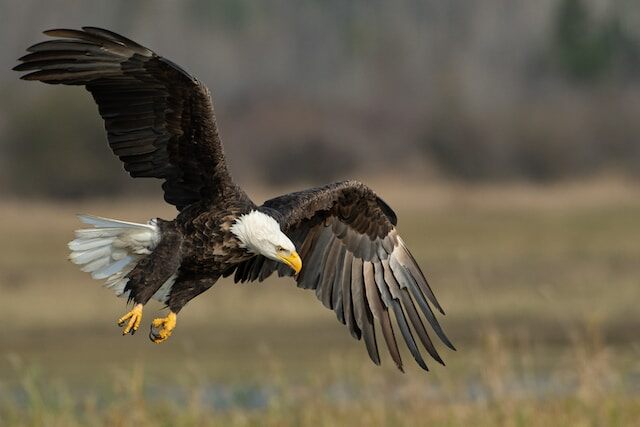
Conclusion
In conclusion, the dietary habits of eagles have been extensively studied, shedding light on their feeding behavior and prey preferences.
While eagles are known to be opportunistic hunters, their diet can vary depending on factors such as habitat, prey availability, and competition.
Ducks, being a common and easily accessible prey, do form a part of an eagle’s diet.
However, it is important to note that eagles also consume a diverse range of other prey, ensuring a balanced ecosystem.
Through research and observation, scientists continue to unravel the intricate relationship between eagles and their prey, contributing to our understanding of these majestic birds.

